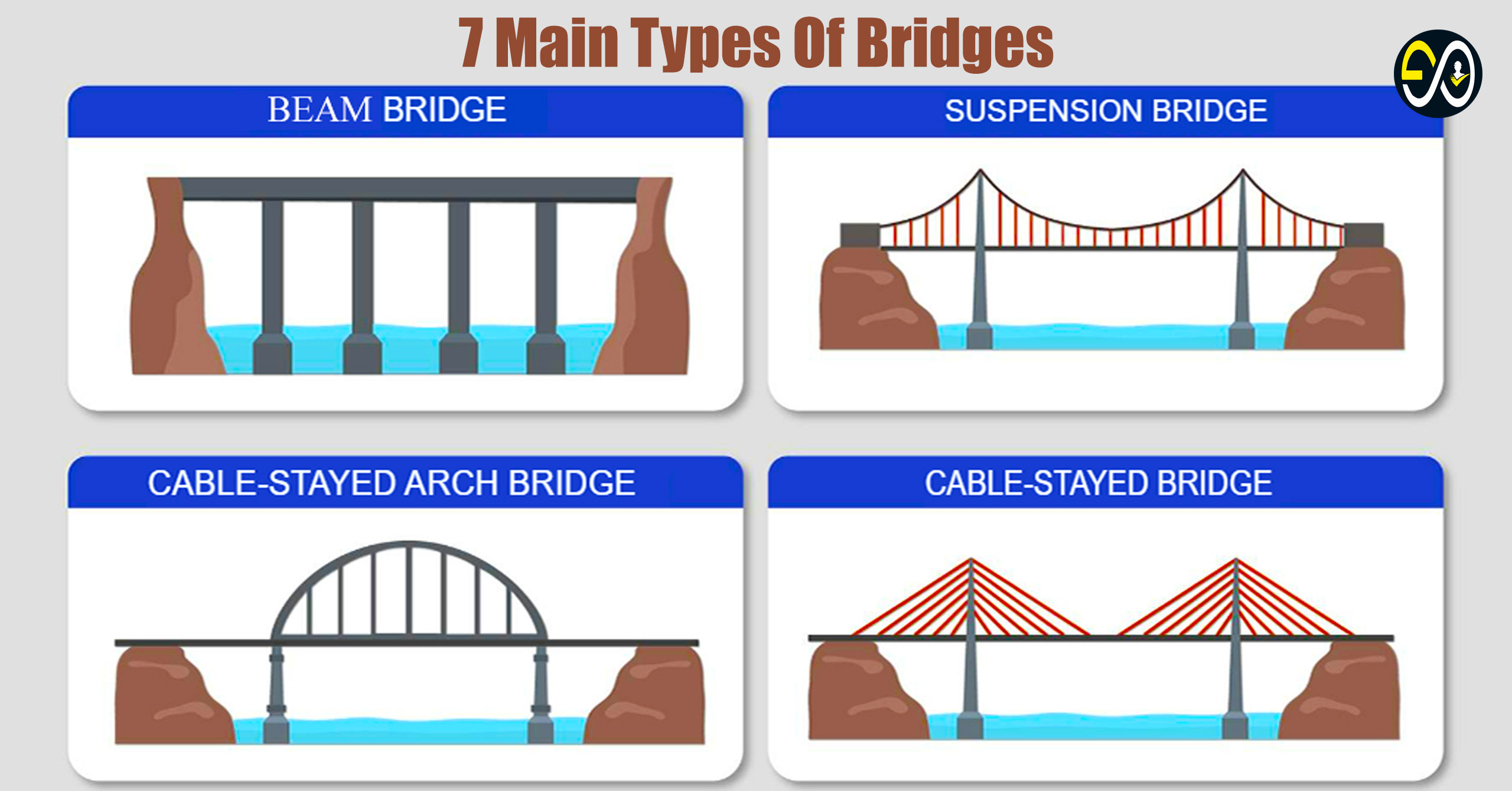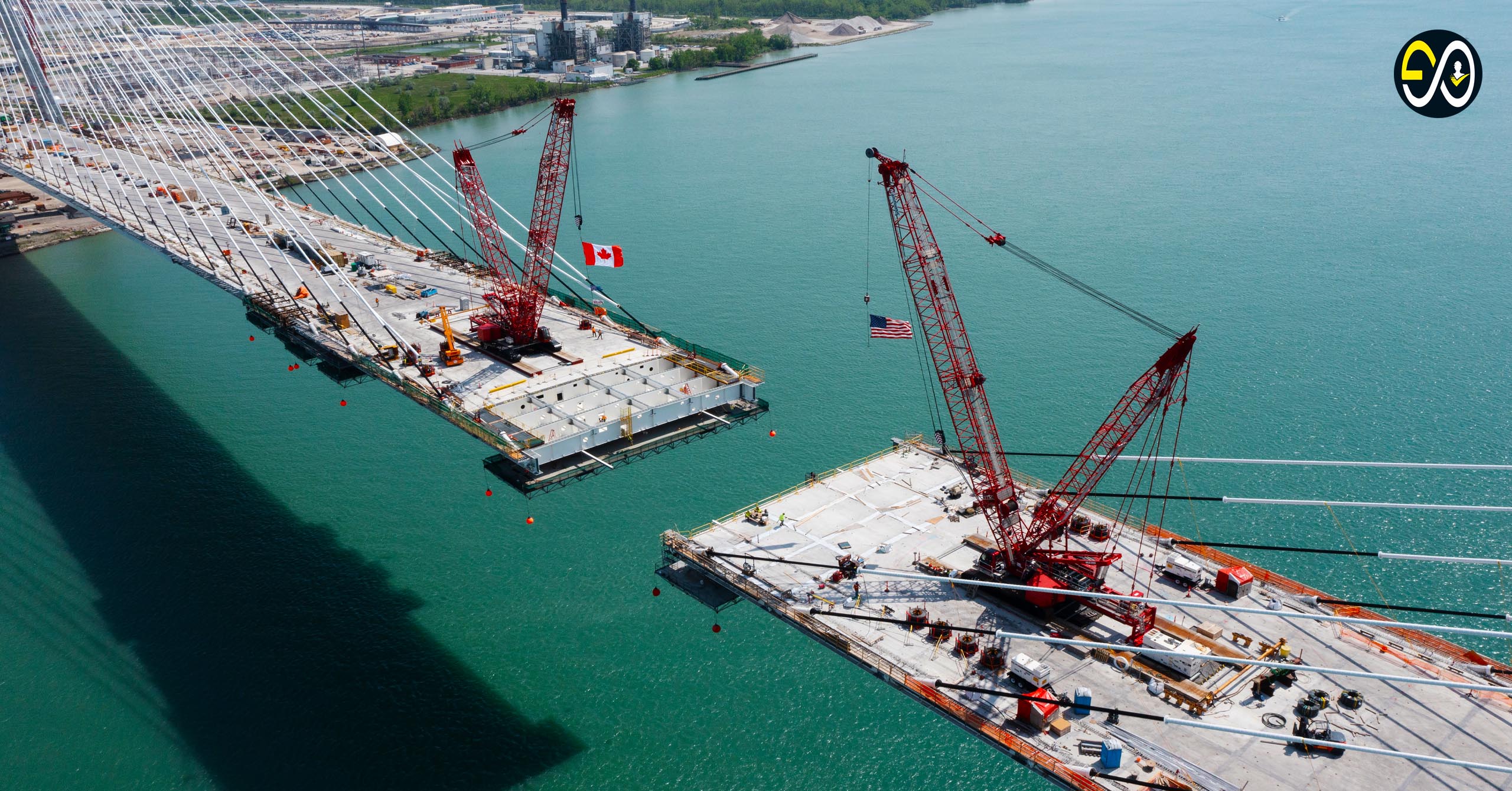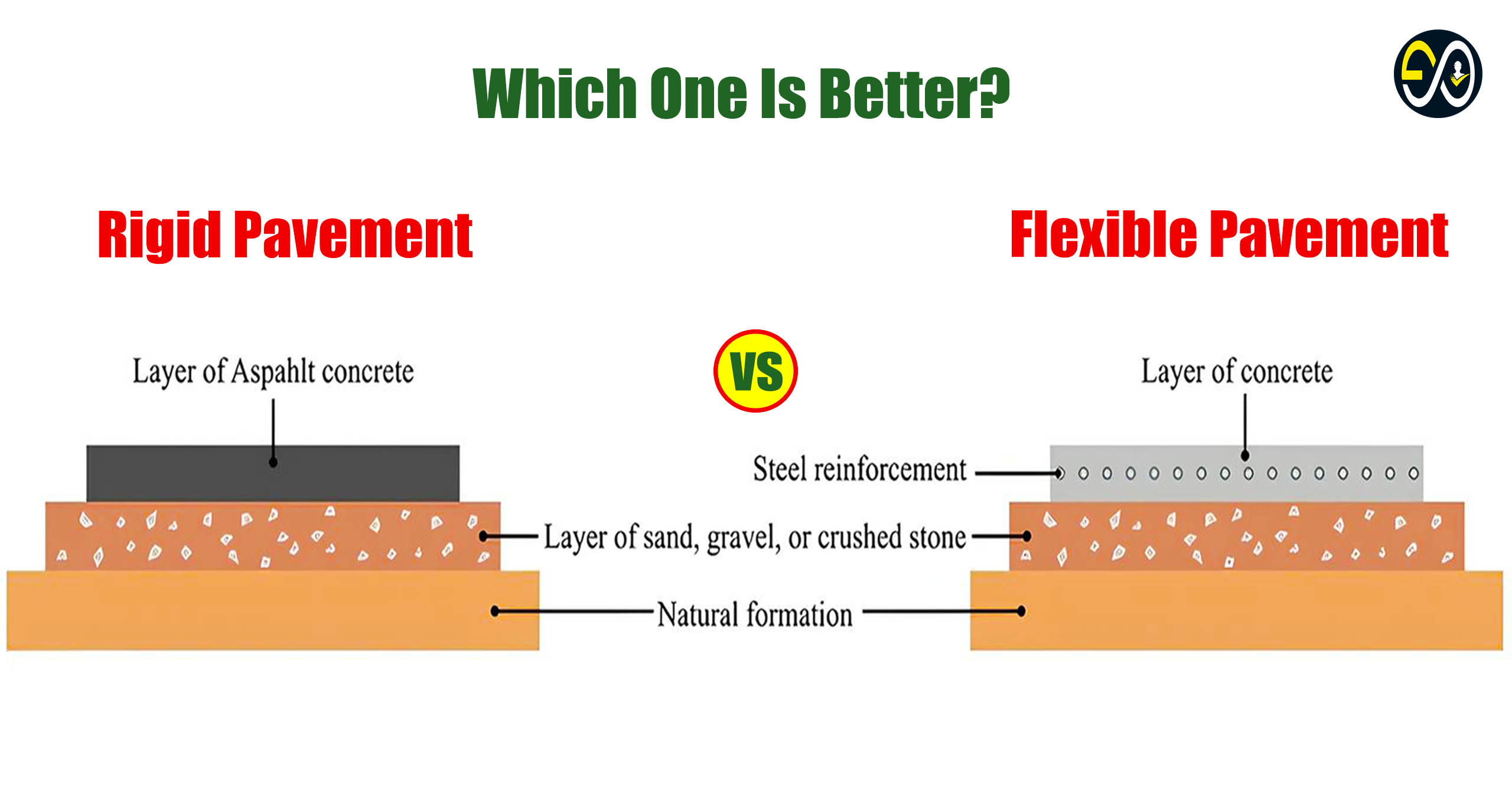
When driving on roads, you may not think much about what’s beneath your tires. However, the type of pavement plays a significant role in how roads handle traffic, weather, and the passage of time. Pavement is essentially the surface material that supports the weight of vehicles and distributes it to the underlying ground. The two main types of pavement are rigid pavement and flexible pavement, both serving different purposes and offering unique advantages depending on the conditions they are exposed to. In this article, we’ll explore these two types in depth, looking at their structures, materials, costs, and applications.
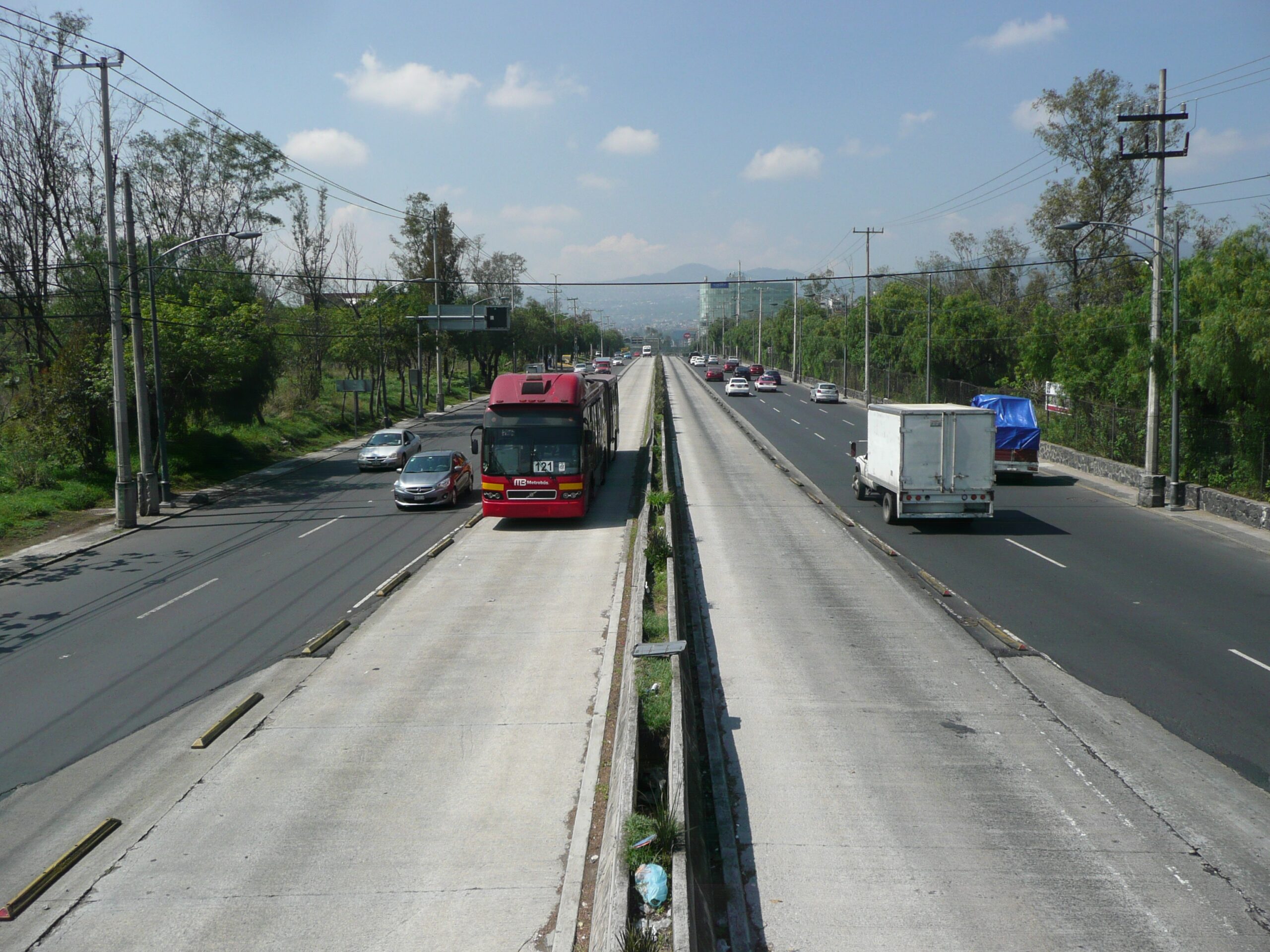

What is Rigid Pavement?
Rigid pavement is made of concrete slabs reinforced with steel. Its structure allows it to bear heavy loads over long periods without significant deformation.

Key Features of Rigid Pavement
- Material: Composed primarily of Portland cement concrete.
- Load Distribution: Distributes loads evenly across a wide area.
- Durability: Known for its longevity, rigid pavement can last up to 30 years or more.
- Maintenance: Requires less frequent maintenance but can be expensive to repair.
What is Flexible Pavement?
Flexible pavement consists of layers of asphalt and aggregates. It is designed to flex under traffic loads, making it more adaptable to minor shifts in the underlying soil.
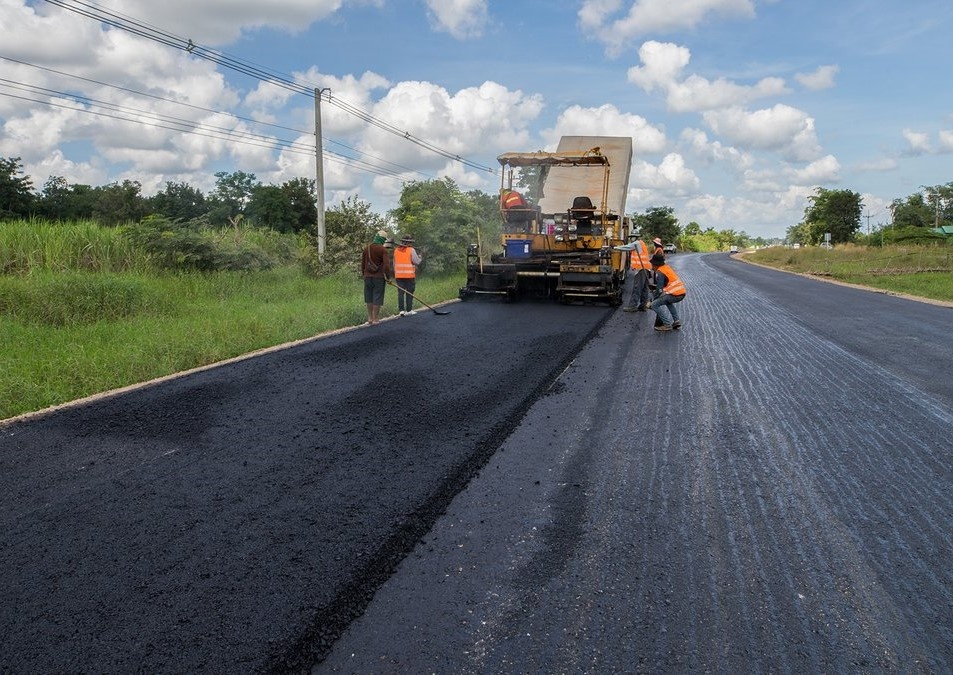
Key Features of Flexible Pavement
- Material: Made of asphalt, bitumen, and aggregate layers.
- Load Distribution: Distributes load across its layers but focuses stress on lower levels.
- Durability: Has a shorter lifespan, usually lasting around 15-20 years.
- Maintenance: Requires regular maintenance, but repairs are generally less expensive and easier to perform.
Comparison: Rigid vs. Flexible Pavement
Both pavement types have their pros and cons. Here’s a side-by-side comparison:
| Aspect | Rigid Pavement | Flexible Pavement |
|---|---|---|
| Material | Concrete with steel reinforcement | Asphalt with layers of aggregates |
| Lifespan | 30+ years | 15-20 years |
| Load Distribution | Spread across a wide area | Focused more on lower layers |
| Cost | Higher initial cost, less frequent repairs | Lower initial cost, more frequent maintenance |
| Flexibility | Minimal flexibility | High flexibility under loads |
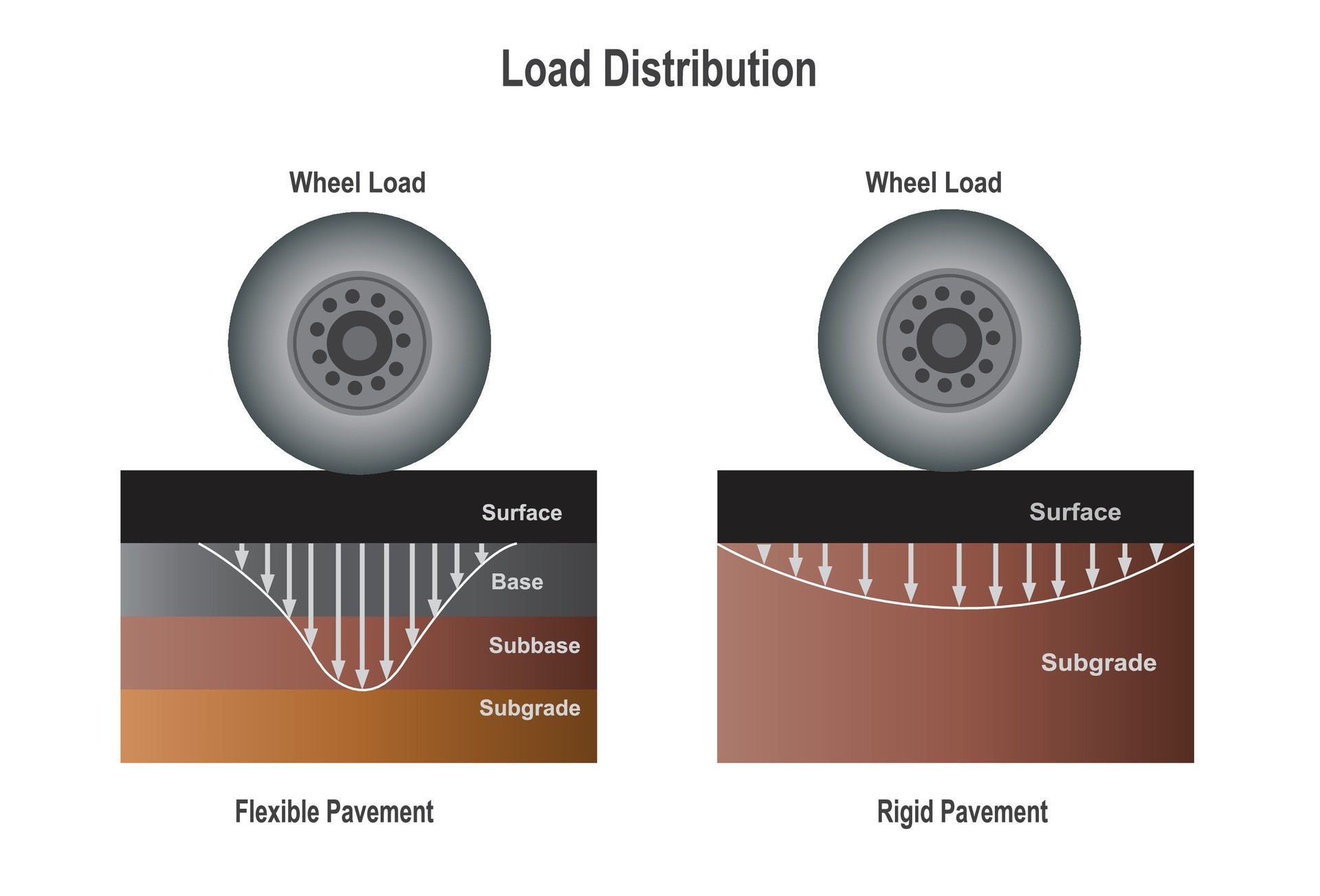
Advantages of Rigid Pavement
- Longevity: Rigid pavements last longer, reducing the need for frequent replacements.
- Load Capacity: It can bear heavy loads without deformation, making it ideal for high-traffic areas.
- Low Maintenance: Requires less frequent but more expensive maintenance.
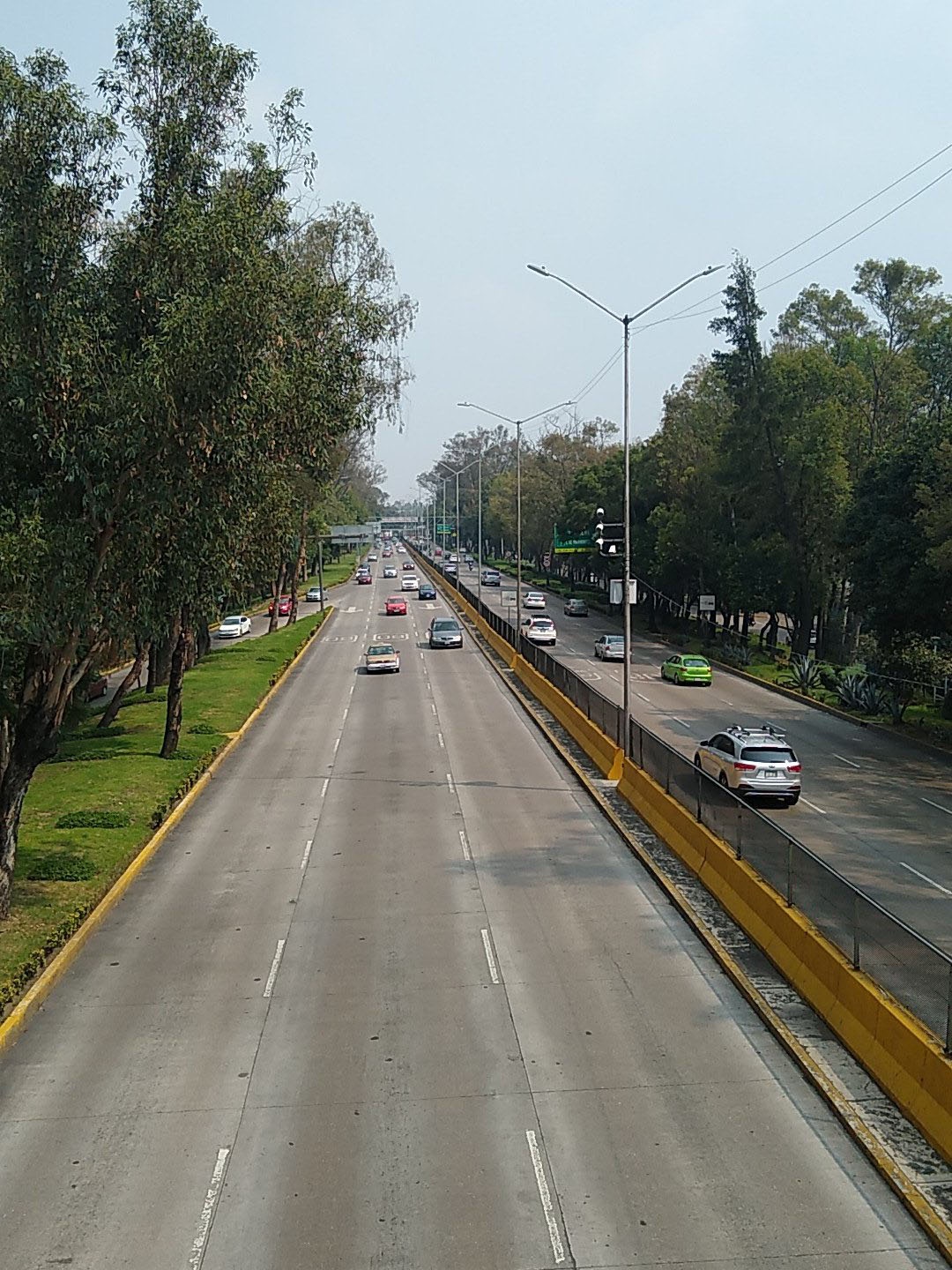
Advantages of Flexible Pavement
- Cost-Effective: While it requires more frequent maintenance, the initial cost is lower.
- Flexible Nature: Its ability to flex makes it more resistant to cracking and easier to repair.
- Shorter Construction Time: Flexible pavements can be laid more quickly, reducing road closures.

Which Pavement is Better?
The choice between rigid and flexible pavement depends on various factors such as budget, traffic volume, and maintenance preferences. Rigid pavement is ideal for areas with heavy traffic or high loads, while flexible pavement is better for cost-conscious projects and regions where the soil may shift.

